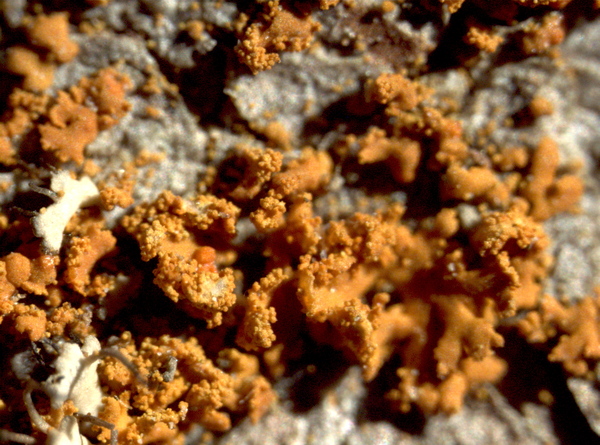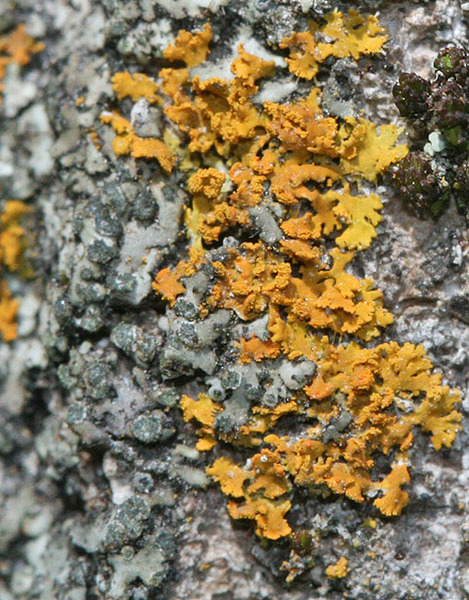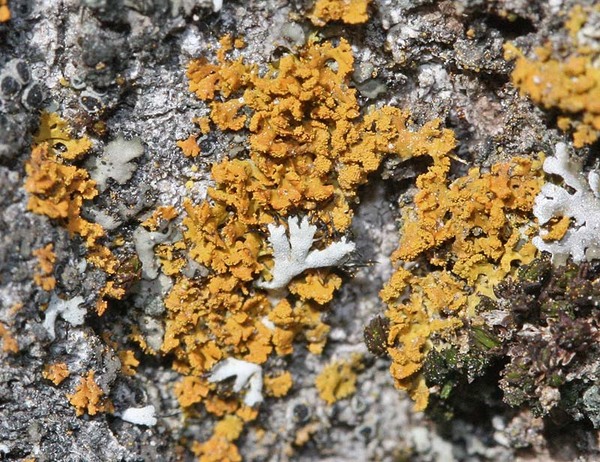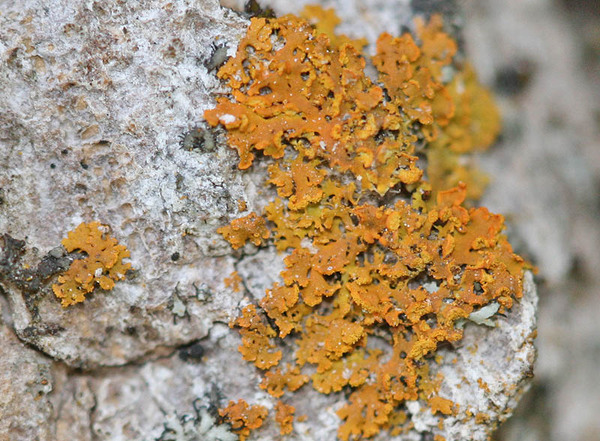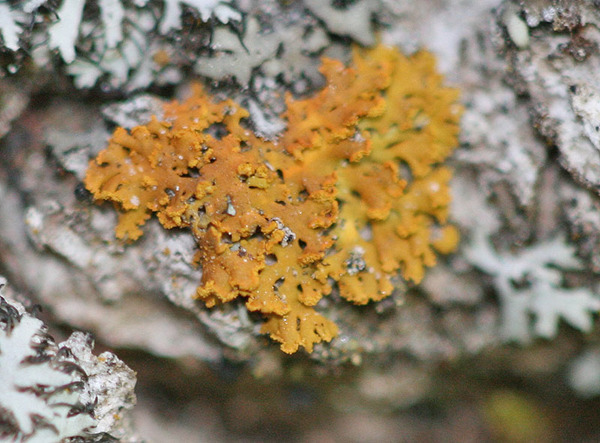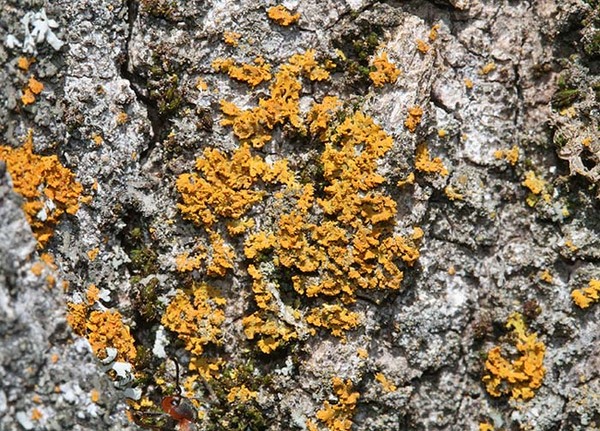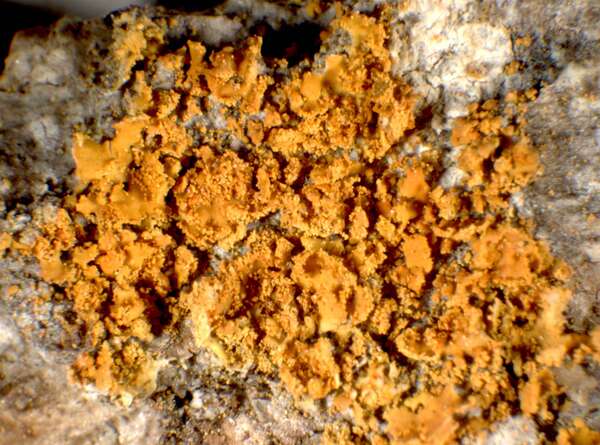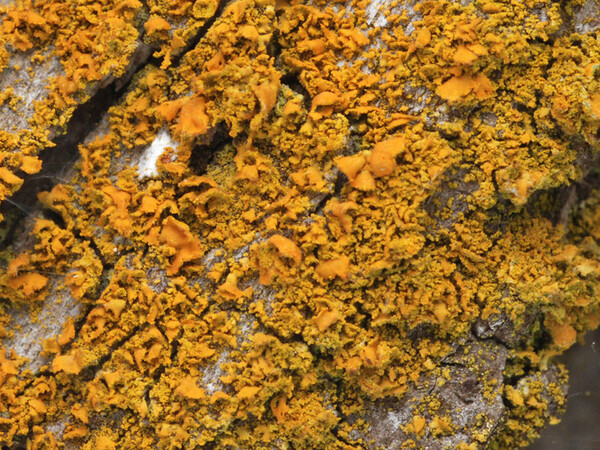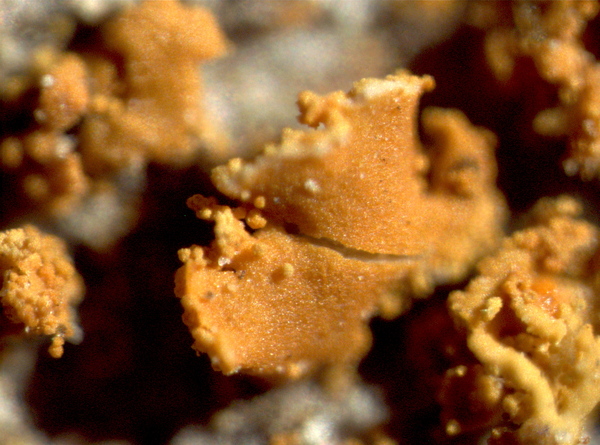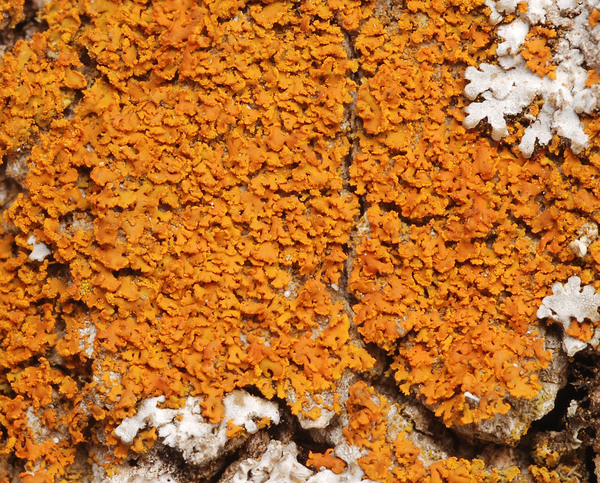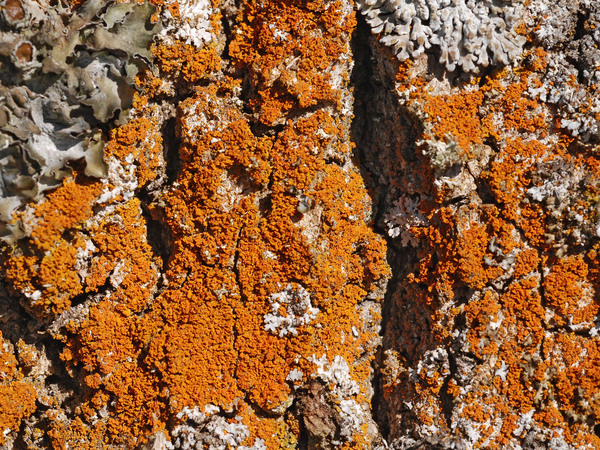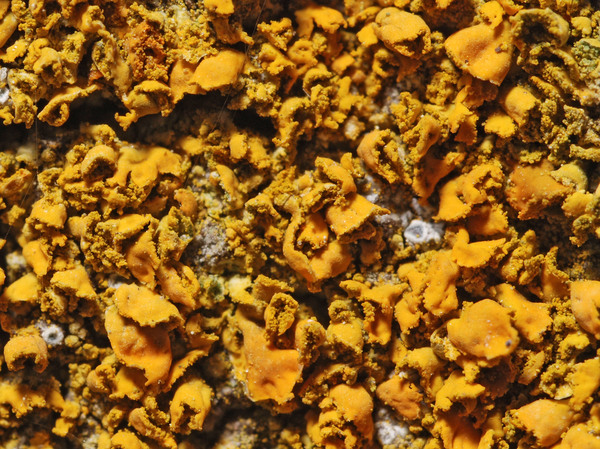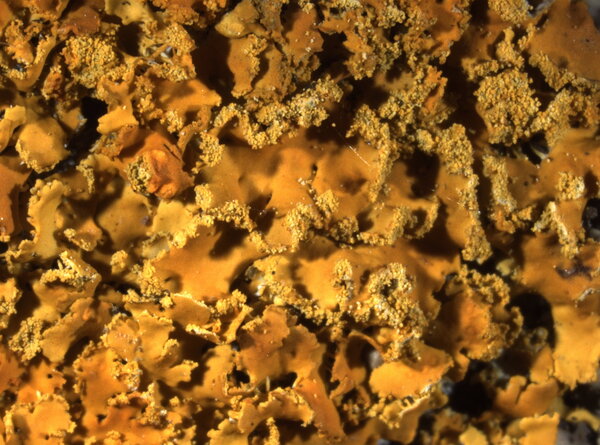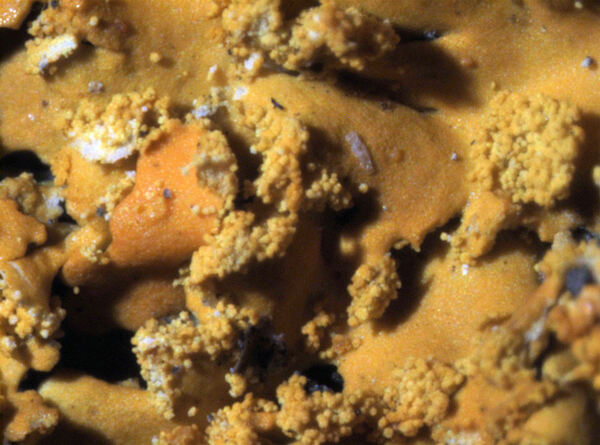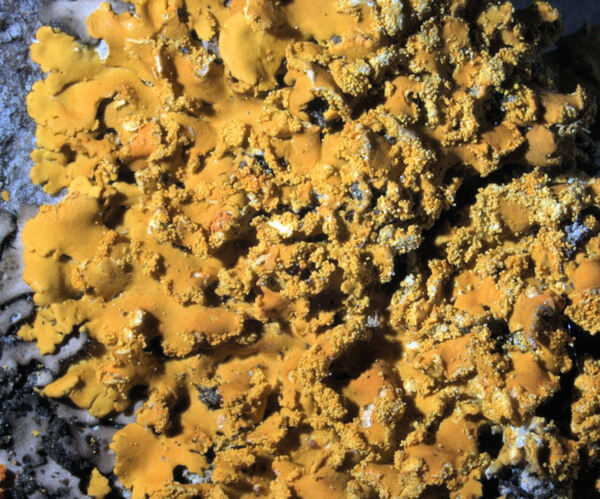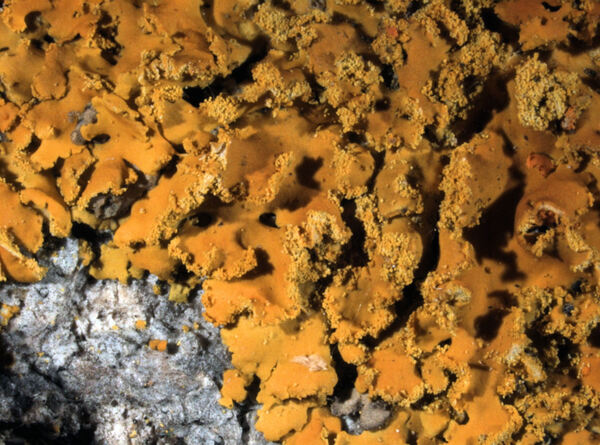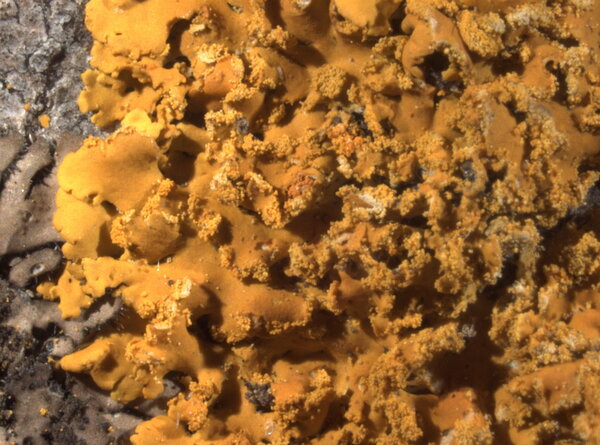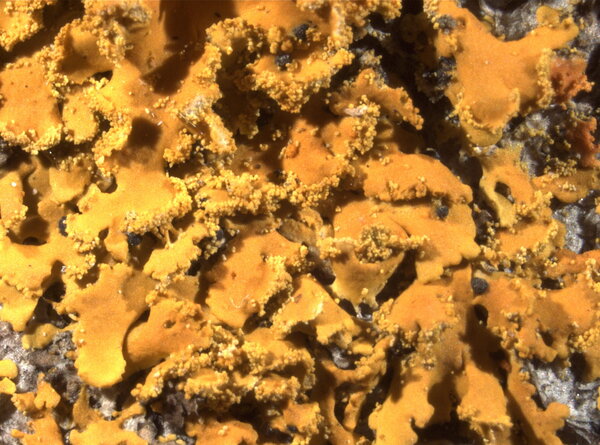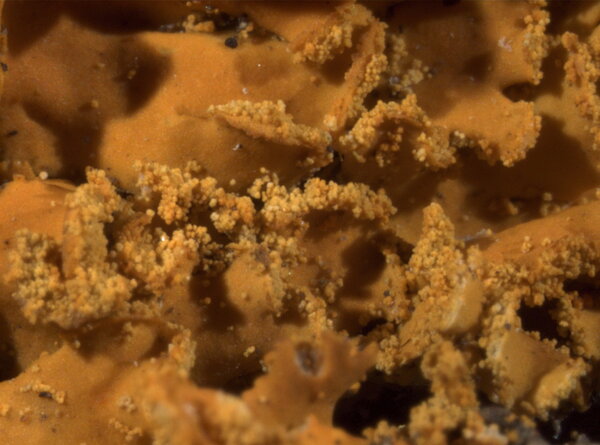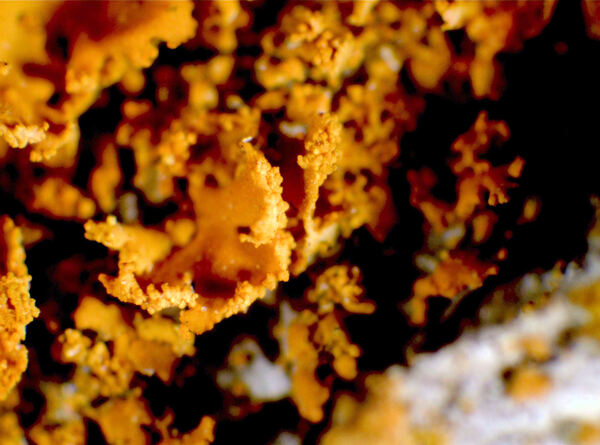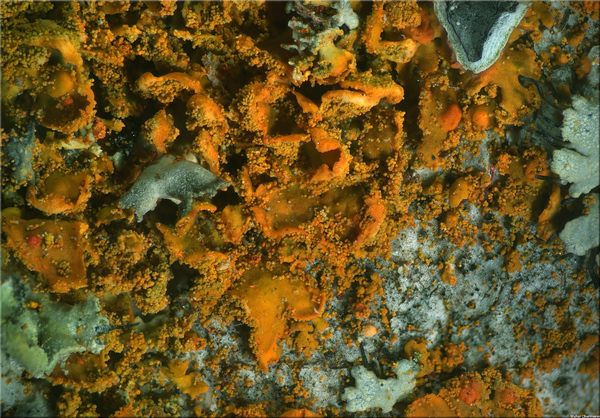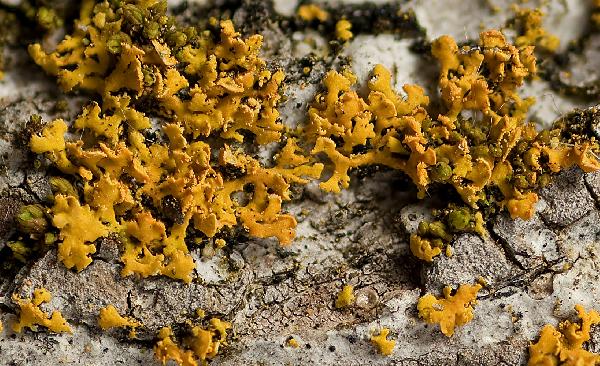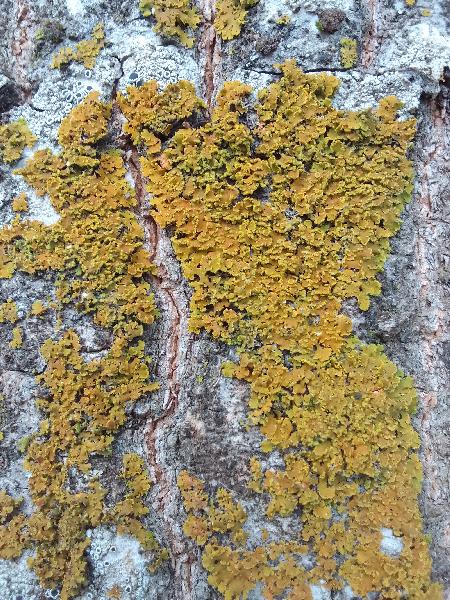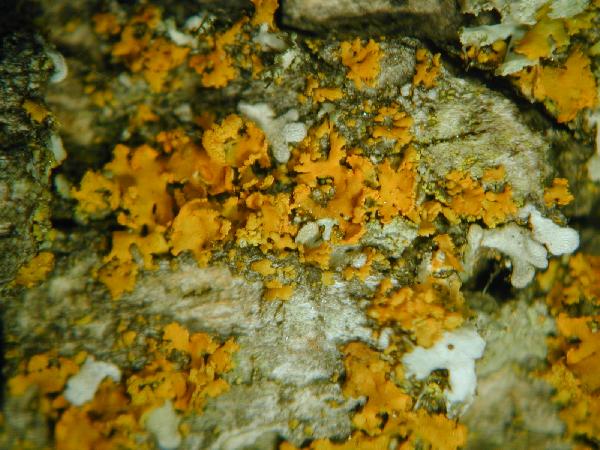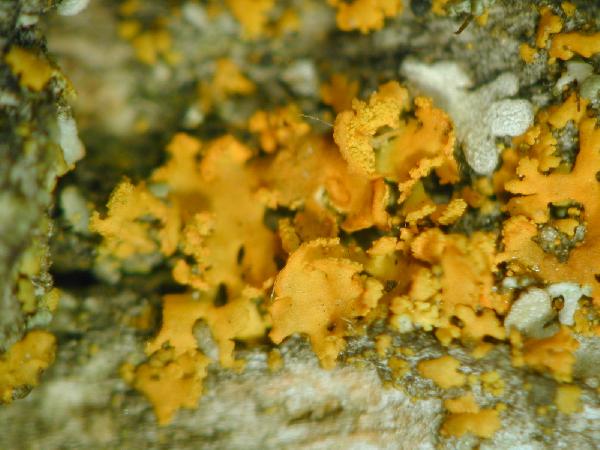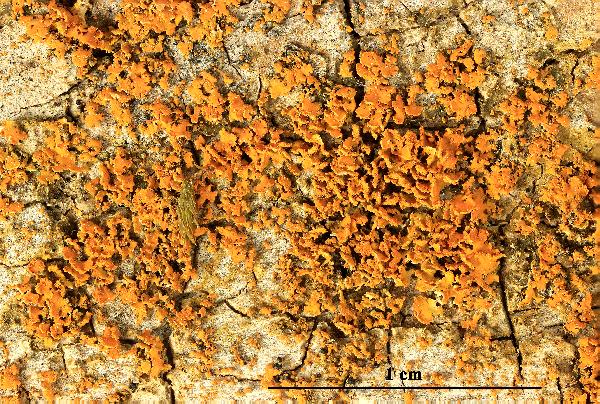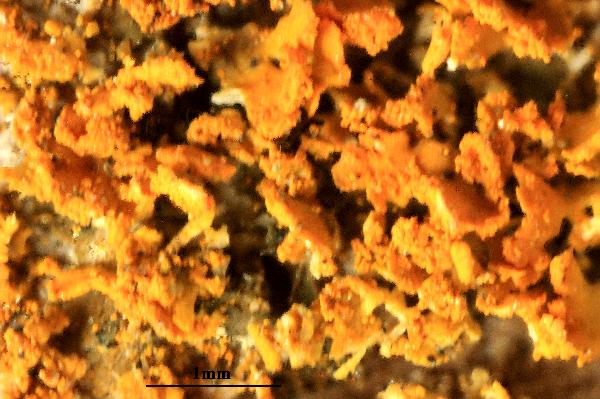Xanthomendoza fulva (Hoffm.) Søchting, Kärnefelt & S.Y. Kondr.
Mitt. Inst. allg. Bot. Hamburg, 30-32: 237, 2002. Basionym: Lobaria fulva Hoffm. - Deutschl. Fl., 2: 159, 1796.
Synonyms: Oxneria fulva (Hoffm.) S.Y. Kondr. & Kärnefelt; Xanthoria candelaria f. fulva (Hoffm.) Zahlbr.; Xanthoria fulva (Hoffm.) Poelt & Petut.; Xanthoria ligustica M. Steiner ex Poelt nom. sol.
Distribution: N - VG, Frl, Ven, TAA (Thor & Nascimbene 2007, Nascimbene & al. 2007b, 2014, 2022, Zarabska & al. 2009, Nascimbene 2014, Nimis & al. 2015), Lomb, Piem (Matteucci & al. 2013), VA (Ongaro & al. 2022), Lig. C - Laz (Ravera 2006), Abr (Nimis & Tretiach 1999). S - Bas (Ravera 2014), Cal (Puntillo 1996, Eichenberger 2007, Brackel & Puntillo 2016), Si (Campisi & al. 2020).
Description: Thallus foliose, heteromerous, dorsiventral, dark red-orange, lobed, not forming regular rosettes, but thalli often coalescing to cover large surfaces. Lobes up to 2 mm long, 0.2-0.7(-1) mm wide, ascending, blastidiate along most of the lower surface, the blastidia 25-30 µm diam., in marginal parts sometimes gathered into 50-60 µm wide conblastidia; rhizines or hapters few, mostly located at the base of lobes. Apothecia very rare, lecanorine, orange-red. Thalline exciple paraplectenchymatous; proper exciple a strongly gelatined plectenchyma with unoriented, short-celled hyphae; epithecium orange-brown, K+ purple-red; hymenium colourless; paraphyses simple or rarely branched, septate; hypothecium colourless or pale orange-brown. Asci 8-spored, clavate, functionally unitunicate, apically thickened with a broad internal beak, the inner part of apex and external cap I+ blue, Teloschistes-type. Ascospores 2-celled, polarilocular, hyaline, broadly ellipsoid, with broadly rounded ends, 13.5-17.5 x 8-10.5 µm, the equatorial thickening (“septum”) 4-6.5 µm. Pycnidia common, darker orange than thallus. Conidia baciliform, 3-4.5 x 1-1.2 µm. Photobiont chlorococcoid. Spot tests: upper surface K+ purple-red, C-, KC-, P-, UV+ orange. Chemistry: parietin (major), fallacinal (major), emodin, teloschistin (major) and parietinic acid (chemosyndrome A3 of Søchting 1997).Note: most frequent on isolated deciduous trees along roads in continental Alpine valleys; often confused with X. fallax in the past, and with a similar ecology, but perhaps more xerophytic. Luxuriant specimens can be very difficult to distinguish from X. oregana.
Growth form: Foliose, narrow lobed
Substrata: bark
Photobiont: green algae other than Trentepohlia
Reproductive strategy: mainly asexual, by soredia, or soredia-like structures (e.g. blastidia)
Subcontinental: restricted to areas with a dry-subcontinental climate (e.g. dry Alpine valleys, parts of Mediterranean Italy)
Commonnes-rarity: (info)
Alpine belt: absent
Subalpine belt: extremely rare
Oromediterranean belt: absent
Montane belt: very rare
Submediterranean belt: rare
Padanian area: absent
Humid submediterranean belt: extremely rare
Humid mediterranean belt: absent
Dry mediterranean belt: absent

Predictive model
Herbarium samples
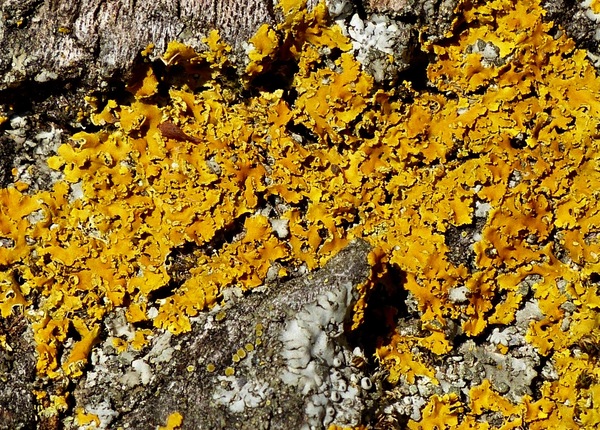

Andrea Moro; Owner: Department of Life Sciences, University of Triedte
Italy, Friuli Venezia Giulia, Trieste, Trieste Karst, Rocca di Monrupino
20/02/2017


Andrea Moro; Owner: Department of Life Sciences, University of Triedte
Italy, Friuli Venezia Giulia, Trieste, Trieste Karst, Rocca di Monrupino
20/02/2017
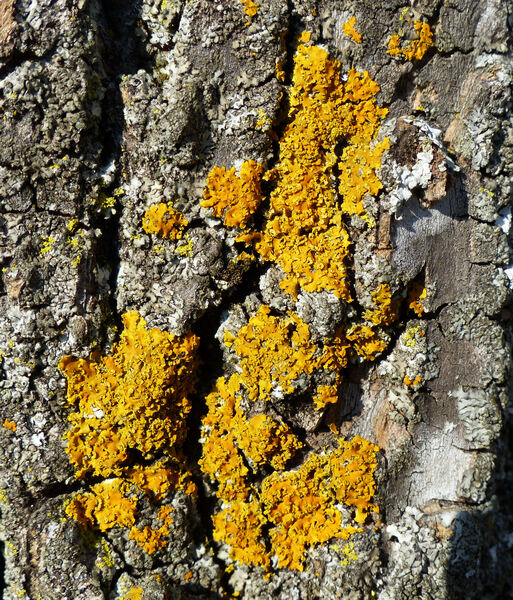

Andrea Moro; Owner: Department of Life Sciences, University of Triedte
Italy, Friuli Venezia Giulia, Trieste, Trieste Karst, Rocca di Monrupino
20/02/2017
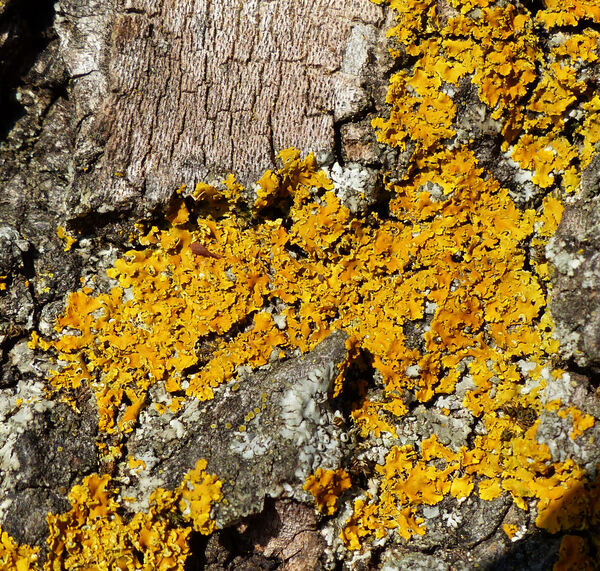

Andrea Moro; Owner: Department of Life Sciences, University of Triedte
Italy, Friuli Venezia Giulia, Trieste, Trieste Karst, Rocca di Monrupino
20/02/2017

Courtesy Danièle et Olivier Gonnet - Source: https://www.afl-lichenologie.fr/Photos_AFL/Photos_AFL_X/Textes_X1/Xanthomendoza_fulva.htm
France, juin 2014 - sur Salix - Parc de la Vanoise - Savoie
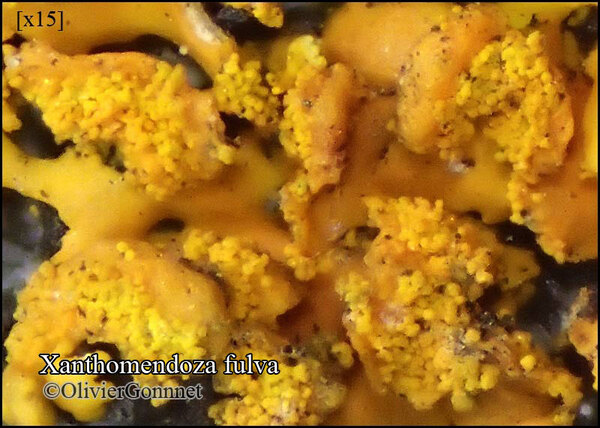
Courtesy Danièle et Olivier Gonnet - Source: https://www.afl-lichenologie.fr/Photos_AFL/Photos_AFL_X/Textes_X1/Xanthomendoza_fulva.htm
France, juin 2014 - sur Salix - Parc de la Vanoise - Savoie
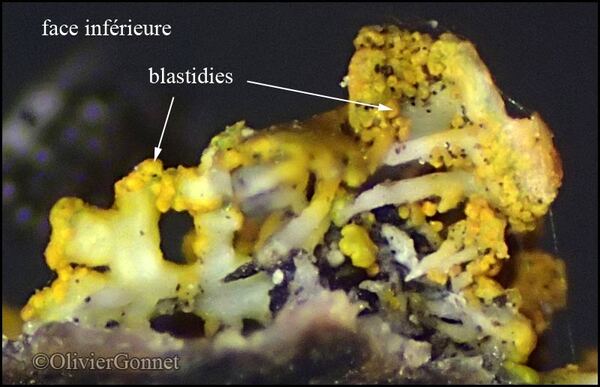
Courtesy Danièle et Olivier Gonnet - Source: https://www.afl-lichenologie.fr/Photos_AFL/Photos_AFL_X/Textes_X1/Xanthomendoza_fulva.htm
France, juin 2014 - sur Salix - Parc de la Vanoise - Savoie

Courtesy Danièle et Olivier Gonnet - Source: https://www.afl-lichenologie.fr/Photos_AFL/Photos_AFL_X/Textes_X1/Xanthomendoza_fulva.htm
France, juin 2014 - sur Salix - Parc de la Vanoise - Savoie
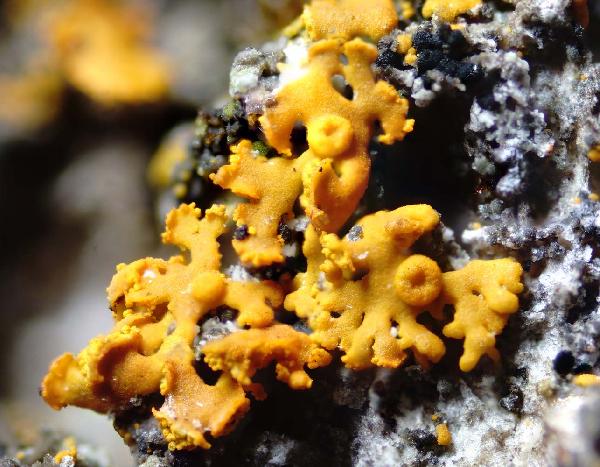
Marta Gonzalez Garcia - Centro de Estudios Micologicos Asturianos
Spain, Aviados (León), 18-VII-2024, sobre corteza de Populus sp. leg. & det. M. González.

Marta Gonzalez Garcia - Centro de Estudios Micologicos Asturianos
Spain, Aviados (León), 18-VII-2024, sobre corteza de Populus sp. leg. & det. M. González.
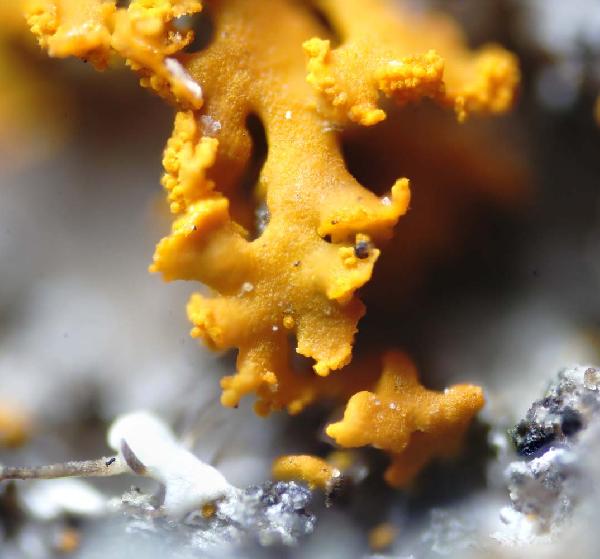
Marta Gonzalez Garcia - Centro de Estudios Micologicos Asturianos
Spain, Aviados (León), 18-VII-2024, sobre corteza de Populus sp. leg. & det. M. González.
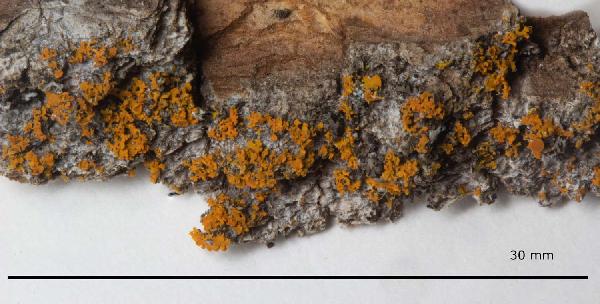
Marta Gonzalez Garcia - Centro de Estudios Micologicos Asturianos
Spain, Aviados (León), 18-VII-2024, sobre corteza de Populus sp. leg. & det. M. González.

Marta Gonzalez Garcia - Centro de Estudios Micologicos Asturianos
Spain, Aviados (León), 18-VII-2024, sobre corteza de Populus sp. leg. & det. M. González.

Marta Gonzalez Garcia - Centro de Estudios Micologicos Asturianos
Spain, Aviados (León), 18-VII-2024, sobre corteza de Populus sp. leg. & det. M. González.
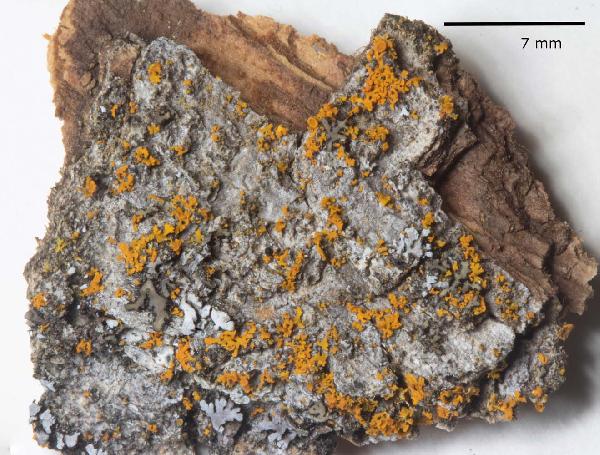
Marta Gonzalez Garcia - Centro de Estudios Micologicos Asturianos
Spain, Aviados (León), 18-VII-2024, sobre corteza de Populus sp. leg. & det. M. González.
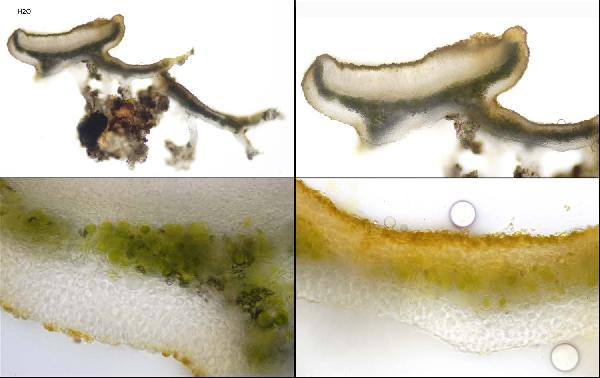
Marta Gonzalez Garcia - Centro de Estudios Micologicos Asturianos
Spain, Aviados (León), 18-VII-2024, sobre corteza de Populus sp. leg. & det. M. González.
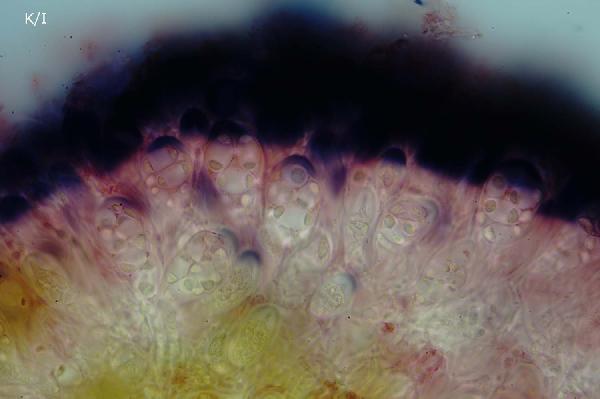
Marta Gonzalez Garcia - Centro de Estudios Micologicos Asturianos
Spain, Aviados (León), 18-VII-2024, sobre corteza de Populus sp. leg. & det. M. González.

Marta Gonzalez Garcia - Centro de Estudios Micologicos Asturianos
Spain, Aviados (León), 18-VII-2024, sobre corteza de Populus sp. leg. & det. M. González.
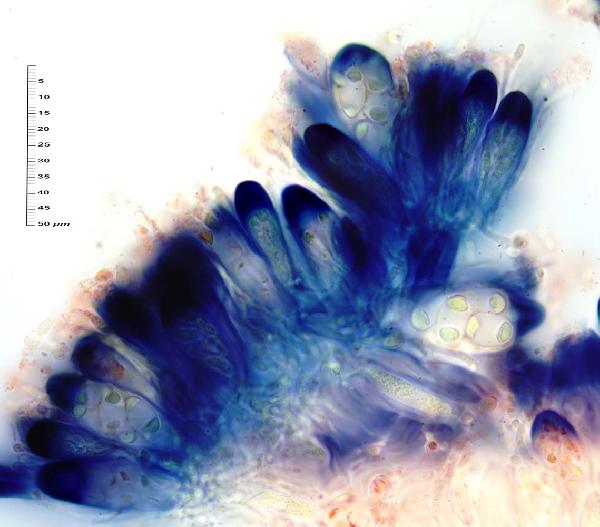
Marta Gonzalez Garcia - Centro de Estudios Micologicos Asturianos
Spain, Aviados (León), 18-VII-2024, sobre corteza de Populus sp. leg. & det. M. González.

Marta Gonzalez Garcia - Centro de Estudios Micologicos Asturianos
Spain, Aviados (León), 18-VII-2024, sobre corteza de Populus sp. leg. & det. M. González.
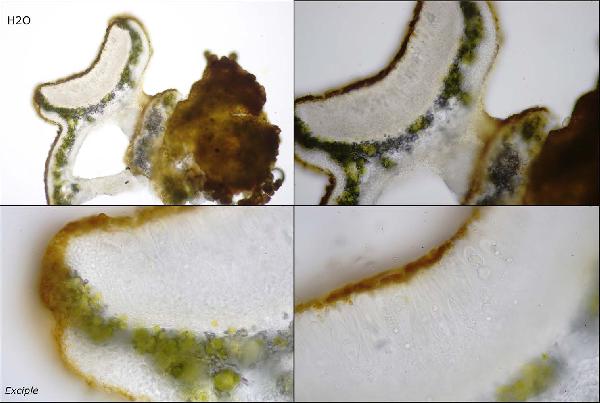
Marta Gonzalez Garcia - Centro de Estudios Micologicos Asturianos
Spain, Aviados (León), 18-VII-2024, sobre corteza de Populus sp. leg. & det. M. González.
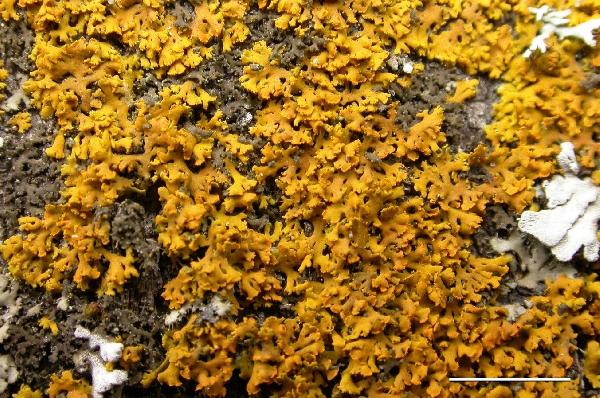
Source: Lindblom, L., Blom, H. H. & Timdal, E. 2019. The genus Xanthomendoza in Norway. Graphis Scripta 31 (7): 54–75. Oslo. ISSN 2002-4495 - CC BY-4.0
Xanthomendoza fulva. Field photograph of O-L-135112, Norway, Buskerud, Hole. Scale bar: 2 mm.
Photo: E. Timdal 2004-10-20.
Growth form: Foliose, narrow lobed
Substrata: bark
Photobiont: green algae other than Trentepohlia
Reproductive strategy: mainly asexual, by soredia, or soredia-like structures (e.g. blastidia)
Subcontinental: restricted to areas with a dry-subcontinental climate (e.g. dry Alpine valleys, parts of Mediterranean Italy)
Commonnes-rarity: (info)
Alpine belt: absent
Subalpine belt: extremely rare
Oromediterranean belt: absent
Montane belt: very rare
Submediterranean belt: rare
Padanian area: absent
Humid submediterranean belt: extremely rare
Humid mediterranean belt: absent
Dry mediterranean belt: absent

Predictive model
| Herbarium samples |


Andrea Moro; Owner: Department of Life Sciences, University of Triedte
Italy, Friuli Venezia Giulia, Trieste, Trieste Karst, Rocca di Monrupino
20/02/2017


Andrea Moro; Owner: Department of Life Sciences, University of Triedte
Italy, Friuli Venezia Giulia, Trieste, Trieste Karst, Rocca di Monrupino
20/02/2017


Andrea Moro; Owner: Department of Life Sciences, University of Triedte
Italy, Friuli Venezia Giulia, Trieste, Trieste Karst, Rocca di Monrupino
20/02/2017


Andrea Moro; Owner: Department of Life Sciences, University of Triedte
Italy, Friuli Venezia Giulia, Trieste, Trieste Karst, Rocca di Monrupino
20/02/2017

Courtesy Danièle et Olivier Gonnet - Source: https://www.afl-lichenologie.fr/Photos_AFL/Photos_AFL_X/Textes_X1/Xanthomendoza_fulva.htm
France, juin 2014 - sur Salix - Parc de la Vanoise - Savoie

Courtesy Danièle et Olivier Gonnet - Source: https://www.afl-lichenologie.fr/Photos_AFL/Photos_AFL_X/Textes_X1/Xanthomendoza_fulva.htm
France, juin 2014 - sur Salix - Parc de la Vanoise - Savoie

Courtesy Danièle et Olivier Gonnet - Source: https://www.afl-lichenologie.fr/Photos_AFL/Photos_AFL_X/Textes_X1/Xanthomendoza_fulva.htm
France, juin 2014 - sur Salix - Parc de la Vanoise - Savoie

Courtesy Danièle et Olivier Gonnet - Source: https://www.afl-lichenologie.fr/Photos_AFL/Photos_AFL_X/Textes_X1/Xanthomendoza_fulva.htm
France, juin 2014 - sur Salix - Parc de la Vanoise - Savoie

Marta Gonzalez Garcia - Centro de Estudios Micologicos Asturianos
Spain, Aviados (León), 18-VII-2024, sobre corteza de Populus sp. leg. & det. M. González.

Marta Gonzalez Garcia - Centro de Estudios Micologicos Asturianos
Spain, Aviados (León), 18-VII-2024, sobre corteza de Populus sp. leg. & det. M. González.

Marta Gonzalez Garcia - Centro de Estudios Micologicos Asturianos
Spain, Aviados (León), 18-VII-2024, sobre corteza de Populus sp. leg. & det. M. González.

Marta Gonzalez Garcia - Centro de Estudios Micologicos Asturianos
Spain, Aviados (León), 18-VII-2024, sobre corteza de Populus sp. leg. & det. M. González.

Marta Gonzalez Garcia - Centro de Estudios Micologicos Asturianos
Spain, Aviados (León), 18-VII-2024, sobre corteza de Populus sp. leg. & det. M. González.

Marta Gonzalez Garcia - Centro de Estudios Micologicos Asturianos
Spain, Aviados (León), 18-VII-2024, sobre corteza de Populus sp. leg. & det. M. González.

Marta Gonzalez Garcia - Centro de Estudios Micologicos Asturianos
Spain, Aviados (León), 18-VII-2024, sobre corteza de Populus sp. leg. & det. M. González.

Marta Gonzalez Garcia - Centro de Estudios Micologicos Asturianos
Spain, Aviados (León), 18-VII-2024, sobre corteza de Populus sp. leg. & det. M. González.

Marta Gonzalez Garcia - Centro de Estudios Micologicos Asturianos
Spain, Aviados (León), 18-VII-2024, sobre corteza de Populus sp. leg. & det. M. González.

Marta Gonzalez Garcia - Centro de Estudios Micologicos Asturianos
Spain, Aviados (León), 18-VII-2024, sobre corteza de Populus sp. leg. & det. M. González.

Marta Gonzalez Garcia - Centro de Estudios Micologicos Asturianos
Spain, Aviados (León), 18-VII-2024, sobre corteza de Populus sp. leg. & det. M. González.

Marta Gonzalez Garcia - Centro de Estudios Micologicos Asturianos
Spain, Aviados (León), 18-VII-2024, sobre corteza de Populus sp. leg. & det. M. González.

Marta Gonzalez Garcia - Centro de Estudios Micologicos Asturianos
Spain, Aviados (León), 18-VII-2024, sobre corteza de Populus sp. leg. & det. M. González.

 INDEX FUNGORUM
INDEX FUNGORUM
 GBIF
GBIF
 DOLICHENS
DOLICHENS
